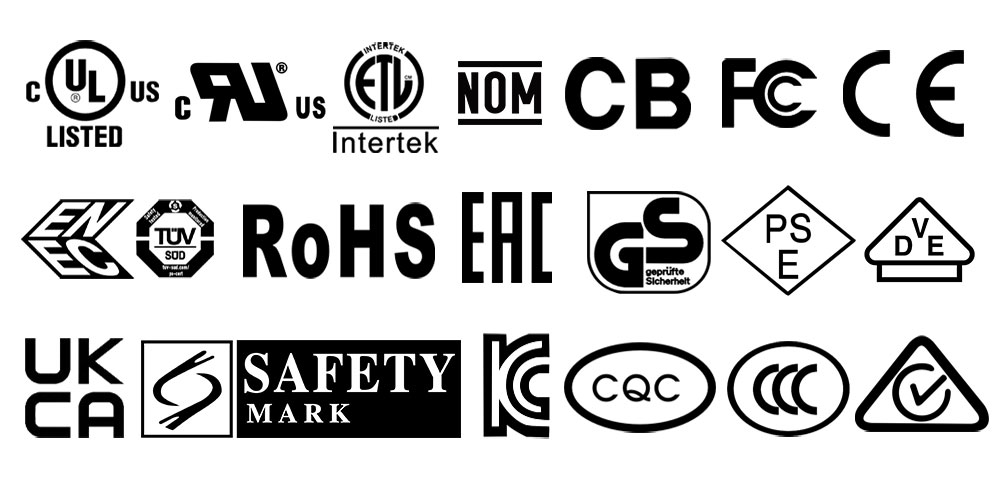
MAJOR SAFETY AGENCIES AND PRODUCT CONFORMANCE MARKS WORLDWIDE
The previous section identified many of the national and international bodies that either define regulatory requirements for product safety or provide testing and certification to assure users that the device or equipment complies with the relevant standard(s). Consequently, conformance marking of products to show this compliance is a necessary prerequisite for their sale in most industrialized countries and may be a legal or contractual obligation.
Product marking may simply show compliance with specific standards but increasingly more general marks are used to indicate compliance with all essential or legally imposed safety requirements. CE and UL marks are two of the most widely implemented conformance marks, while there are a number of other safety marks that may be applied in different regions. These are described more fully below. To ease the issue of regional differences, the Certification Body (CB) scheme allows manufacturers who have been issued a CB test certificate by one National Certification Body (NCB) to obtain certification marks from other participating NCBs.
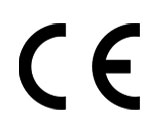
The “Conformité Européenne” or CE Mark
The CE Mark was introduced nearly 30 years ago for certain products sold within the European Economic Area to show conformity with legal requirements in respect of relevant safety, health and environmental directives. The use of the CE logo is a manufacturer’s declaration that the product meets these requirements but the logo may also include a four-digit code identifying the authorized third party (Notified Body) involved in assessing conformance. Simple CE marking is allowed under a self-certification process if the risk level of a product is considered minimal. Where a product is CE marked, it can only carry additional markings if these relate to requirements that do not overlap, conflict or distract from the CE marking. The European Commission’s website provides much more extensive information about CE Marking.
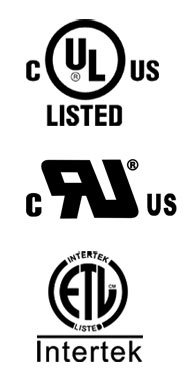
The Underwriters Laboratories or UL Mark
This certification allows a manufacturer to show that their product is “UL Listed” by using the familiar UL logo. For power supplies this mark would be applied to external units and DIN rail-mount supplies as well as most consumer electronics including computers. Where a supply is considered to be a component part it, along with other electrical components, may be marked with the reversed UR symbol indicating a “UL Recognized” certification. In addition to certifying products to their own safety specifications, UL also offers an assessment process to provide certification to many of the regional safety mark schemes around the world, including those summarized below.
Note also that Underwriters Laboratories of Canada (ULC) is an independent product safety testing, certification and inspection organization, which is accredited by the Standards Council of Canada. It uses the above UL logos accompanied by the letter “C”.
REGIONAL SAFETY MARKS
Americas, Europe & Asia
In the following section highlight some of the more notable safety marking schemes but is not all-inclusive. In addition, in Europe there are other marks applicable in the Nordic countries and other central and eastern European countries such as Denmark, Switzerland, Hungary, Ukraine and Belarus. In Asia, countries including Hong Kong and India operate their own safety marks.
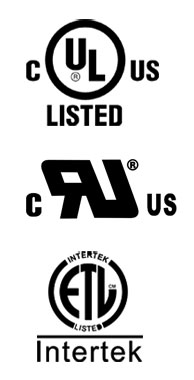 UL RU ETL Mark – America
UL RU ETL Mark – America
The UL Mark indicates that either Underwriters Laboratories or an equivalent nationally recognized testing laboratory (NRTL) has tested and determined that a product meets UL specified product safety requirements.
cUL cRU cETL Mark – Canada
The Canadian Standards Association operates the CSA marking scheme alongside UL certification to identify products acceptable in either Canada (C suffix letter) and/or the USA (US suffix).
.jpg.jpg)
NOM Mark – Mexico
The NOM Mark identifies compliance with Mexico’s “Normas Oficiales Mexicanas” (NOM) safety standards for household electrical appliances, IT, AV and similar equipment. ANCE is an independent body authorized to grant NOM approval in electric and gas products.
Europe
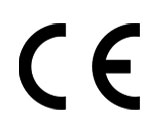
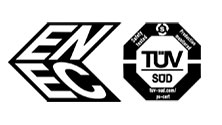 ENEC Mark - Europe
ENEC Mark - Europe
The ENEC Mark is simply the mark used to denote compliance with the European Norm (EN) standards for all electrical product sectors, as tested by approved independent testing laboratories worldwide.
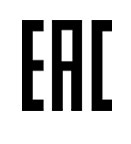 EAC Mark – Russia
EAC Mark – Russia
The Eurasian Conformity (EAC) mark has replaced the previous GOST-R and PCT national certification standards and marks. This mark is used to indicate products that meet all of the technical requirements of the Eurasian Customs Union.
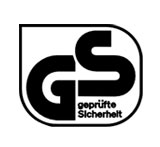 GS Mark – Germany/EU
GS Mark – Germany/EU
Germany’s TUV standards agency operates the GS Mark (Geprüfte Sicherheit = tested safety) to show conformity with German’s Equipment and Product Safety Act (GPSG = Geräte- und Produktisicherheitgesetz). The GS Mark assures commercial buyers and consumers the product has been tested by an authorized institution such as TUV Rheinland. The DIN Mark is another marking scheme operated by TUV Rheinland certifying component compliance with DIN, EN, IEC and ISO product safety standards.
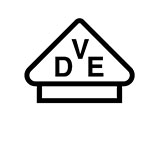 VDE Mark – Germany
VDE Mark – Germany
The VDE Testing and Certification Institute is another German-based independent testing organization for electric and electronic products. The VDE Mark indicates conformity with the VDE standards, European or internationally harmonized standards and confirms compliance with protective requirements of the applicable EC Directive(s).
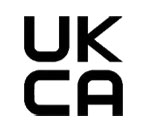 UKCA Mark - UK
UKCA Mark - UK
The British Standards Institution (BSI) was the world’s first national standards body and continues to be a leading global standards maker. BSI is also the UK’s National Standards Body, representing UK interests worldwide. The UKCA is a certification mark, globally recognized as a symbol of trust, that shows a product or service meets applicable and appropriate British, European, International and other standards for quality, safety, performance and trust.
AsiaPac
 PSE Mark – Japan
PSE Mark – Japan
The PSE Mark is used to show compliance with Japan’s Electrical Appliance and Material Safety Law (DENAN) as applied to various classes of product and equipment.
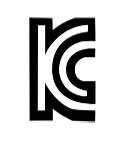 KC Mark – Korea
KC Mark – Korea
Korea’s KC Mark is administered by its Agency for Technology and Standards (KATS) to show compliance for mandated products with the Electrical Appliances and Materials Safety Control Law. It replaced the original EK mark.
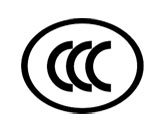 CCC Mark – China
CCC Mark – China
The CCC (China Compulsory Certificate) Mark indicates compliance with Chinese laws and regulations and, as its names implies, is compulsory for any product used for commercial purposes in China.
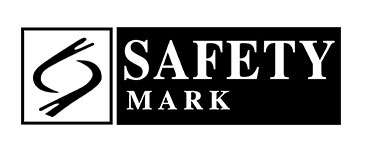 PSB ‘SAFETY’ Mark – Singapore
PSB ‘SAFETY’ Mark – Singapore
Singapore’s safety authority, the Productivity and Standards Board (PSB), requires all controlled goods to be individually marked with the SAFETY Mark.
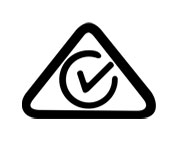 RCM SAA Mark– Australia
RCM SAA Mark– Australia
Australia has a national standards body, Standards Australia, covering many different industry sectors including Electrotechnology and Energy, which embraces electrical/electronic equipment and appliances with relevant standards for safety. Australia’s Regulatory Compliance Mark (RCM) now consolidates the previously separate C-Tick, SAA and RCM marks, effective from March 2013.
SUMMARY
Despite efforts within Europe, North America and elsewhere to bring about harmonization of safety standards for electrical equipment including power supplies, there are still many different regulations, testing and certification procedures that may need to be taken into account in order to meet legislative requirements in the various territories where such equipment will be sold. Understanding all of these is a challenge and this application note, while it tries to present a fairly comprehensive overview of the various standards, agencies and safety marks, is certainly not a definitive guide.
KSPOWER follows best practices to ensure its power supplies meet the highest levels of safety and performance, offering products approved to standards such as UL, ENEC, TUV and GS while also providing quality solutions that utilize the latest in efficient green power technology.
For more information on regulatory and compliance topics, see our certifications and blogs for Switching Power Supplies and Efficiency Standards for External Power Supplies.